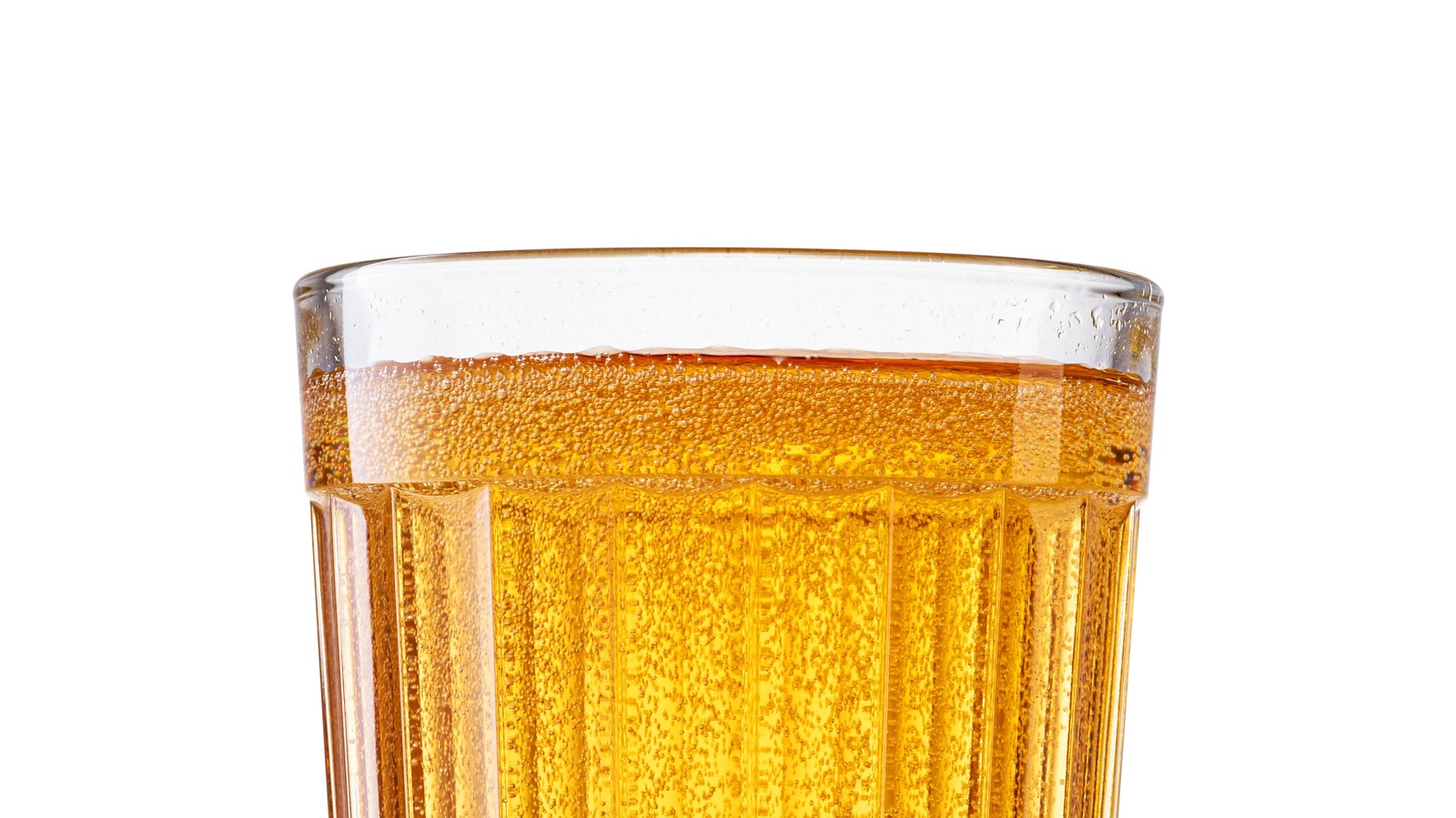
The First Version Of Cream Soda Was Nothing Like What We Have Today – The Daily Meal
In a soft drink world dominated by colas and lemon-lime sodas, one old-timey favorite seems to have fallen by the wayside. Cream soda isn’t commonly associated with an iconic brand name; the big fast food chains like McDonald’s, Burger King, and Taco Bell don’t often carry it, and with the days of the soda fountain fading behind us, it’s become a nostalgic novelty to many. Why have no cream soda brands managed to become household names like Coke and Sprite? Well, some of them have, actually, but only on a regional level. That’s because, from country to country and even state to state, the words cream soda can mean entirely different things, none of which remotely resemble the earliest versions.
Cream soda has suffered an identity crisis from its very inception, which is a bit hard to pinpoint. The earliest known recipe for something called cream soda was found in an edition of “Michigan Farmer” published in 1852. It called for water, sugar, cream of tartar, Epsom salts, tartaric acid, milk, and an egg. The recipe was written by E.M. Sheldon, who proposed it as a wholesome alternative to alcohol in accordance with the Maine Law, the first prohibition law passed in the United States. It is obviously nothing like the golden, vanilla-flavored cream soda we know today. Or at least, that’s what most of us Americans know. To others, cream soda might be red, pink, or even green. How did a seemingly simple drink come to be so enigmatic?
The mysterious evolution of cream soda
 Kristin Riegler/Shutterstock
Kristin Riegler/Shutterstock
The late-1800s were the most important period in the history of soda, as the drink rose to mainstream success. These years saw a great deal of experimentation when it came to soda flavors, and the origins of cream soda are made murky by the fact that multiple people seemed to devise similar products all around the same time. In 1865, Alexander C. Howell of New Jersey secured a patent for “Cream Soda-Water,” which was similar to E.M. Sheldon’s formula in that it contained egg whites. Howell took a step closer to modern sodas by sweetening his beverage with sugar, and he noted that different flavorings could be added to customize the drink. One of his suggestions was vanilla extract.
While the recipes of Sheldon and Howell may represent the first products to be called cream soda, it seems likely that the golden, vanilla-flavored cream soda most Americans know evolved separately. In 1869, Dr. Brown’s Soda was founded in New York City. The brand is still doing business today, revered as a staple of American Jewish delis, and one of the original flavors was cream soda. It had a pale tan color and was flavored with vanilla, exactly what most of us would expect from cream soda today. Was this the true forerunner of modern cream soda? Possibly, but it’s difficult to know who deserves credit. There are no records of Dr. Brown’s first name; some believe the person was merely invented for marketing.
The definition of cream soda is still unclear
 NaughtyNut/Shutterstock
NaughtyNut/Shutterstock
Truthfully, tracing the history of cream soda is fruitless because, even today, the beverage’s identity is unclear. Dr. Brown’s Soda and the strange, egg-based inventions of the mid-1800s only show the path towards one specific type of cream soda, which doesn’t reflect what much of the world knows. Most cream soda brands in the United States produce something similar to Dr. Brown’s — vanilla-flavored with a color ranging from clear to golden — but there are many other varieties worth noting.
In Canada, cream soda is typically pink. Produced by brands like Crush and Big 8, it tastes similar to cotton candy. Some cream sodas are red, like Venezuelan brand Frescolita and Australian brand Bickford’s, whose dark red Creamy Soda has notes of raspberry in addition to vanilla. This might sound familiar if you come from the Southern United States, where the most popular cream soda brand is the aptly-named Big Red. In Mozambique, Namibia, Kenya, South Africa, Tanzania, and Uganda, cream soda is synonymous with Sparletta, a bright green beverage with a light floral flavor. It is a popular hangover cure among South African students, who playfully call it a green ambulance.
What ties all these drinks together is their smooth, creamy finish on the palate. A 2003 study showed that the presence of vanilla increases our perception of creaminess, so even if vanilla isn’t the dominant flavor, its mere presence affects the texture. Cream soda isn’t a flavor. It’s a feeling.


































